At LANL, Four Waste Drums Discovered Containing Potentially Incompatible Chemicals
![]() In September, the Defense Nuclear Facilities Safety Board once again raised red flags about the way Los Alamos National Laboratory (LANL) is handling waste drums with the potential for energetic chemical reactions. https://www.dnfsb.gov/documents/letters/potential-energetic-chemical-reaction-events-involving-transuranic-waste-los Their concerns were further heightened with the mid-October discovery of four drums containing radioactive transuranic, or plutonium-contaminated, waste mixed with potentially incompatible chemical waste, which were not properly documented. One drum was stored outside at the Plutonium Facility and the other three inside the Transuranic Waste Facility. Upon discovery, the three drums were promptly moved to outdoor storage pads at the Plutonium Facility. Los Alamos Week Ending October 16 2020
In September, the Defense Nuclear Facilities Safety Board once again raised red flags about the way Los Alamos National Laboratory (LANL) is handling waste drums with the potential for energetic chemical reactions. https://www.dnfsb.gov/documents/letters/potential-energetic-chemical-reaction-events-involving-transuranic-waste-los Their concerns were further heightened with the mid-October discovery of four drums containing radioactive transuranic, or plutonium-contaminated, waste mixed with potentially incompatible chemical waste, which were not properly documented. One drum was stored outside at the Plutonium Facility and the other three inside the Transuranic Waste Facility. Upon discovery, the three drums were promptly moved to outdoor storage pads at the Plutonium Facility. Los Alamos Week Ending October 16 2020
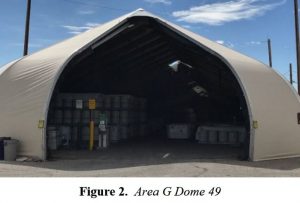 The Board is concerned about the lack of uniformity in the safety documents for facilities that generate, treat, and store radioactive and hazardous waste. For instance, the safety documents for the Transuranic Waste Facility require waste drums to be stored inside. But when the three drums were shipped to the Plutonium Facility, those safety documents allowed the drums to be stored outside.
The Board is concerned about the lack of uniformity in the safety documents for facilities that generate, treat, and store radioactive and hazardous waste. For instance, the safety documents for the Transuranic Waste Facility require waste drums to be stored inside. But when the three drums were shipped to the Plutonium Facility, those safety documents allowed the drums to be stored outside.
The Department of Energy (DOE) is revising its standard for storage and treatment of transuranic wastes. In January, the Board sent a letter and technical report to the DOE Secretary about issues that need to be addressed in the revised standard. 5506 Status Letter [2020-100-016] This recent event again demonstrates the need for consistency in the safety documents for all the facilities that handle, treat and store transuranic waste.
A facility of particular concern for CCNS and the Board is the Radioactive Liquid Waste Treatment Facility at LANL, which handles, treats and stores liquid and solid transuranic and low-level radioactive and hazardous waste. For nearly 50 years, LANL intentionally discharged treated waters through Outfall 051 into a tributary to Mortandad Canyon. In November 2010, LANL stopped the discharge and began evaporating the treated liquids into the air. 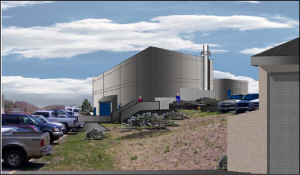
Currently, LANL is applying to the Environmental Protection Agency (EPA) for a Clean Water Act discharge permit. LANL is asking permission to keep Outfall 051 on the permit even though it has not discharged for a decade. The Clean Water Act requires a discharge in order to issue a permit. But if LANL can keep Outfall 051 on the permit, it can avoid regulation by the Resource Conservation and Recovery Act (RCRA), the federal hazardous waste law. http://nuclearactive.org/comments-needed-for-lanl-industrial-wastewater-discharge-permit/
RCRA is a comprehensive law that regulates hazardous waste from cradle to grave through a transportation manifest system. It also regulates operations, including the tank systems that are used to treat the waste. The facilities are regulated to prevent accidents, such as the fact that facilities located in Los Alamos County must meet specific seismic requirements.
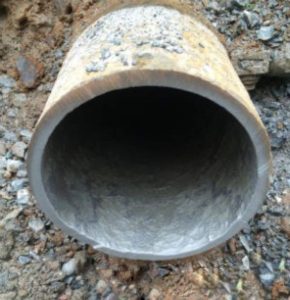 Long story short, CCNS is seriously considering filing a petition for certiorari to the U.S. Supreme Court for review of a Tenth Circuit Court of Appeals decision that dismisses CCNS’s claims that because LANL has not discharged from Outfall 051, it is not entitled to a Clean Water Act permit. CCNS argues that the proper regulatory scheme for this LANL facility is the hazardous waste laws.
Long story short, CCNS is seriously considering filing a petition for certiorari to the U.S. Supreme Court for review of a Tenth Circuit Court of Appeals decision that dismisses CCNS’s claims that because LANL has not discharged from Outfall 051, it is not entitled to a Clean Water Act permit. CCNS argues that the proper regulatory scheme for this LANL facility is the hazardous waste laws.
Additional supporting information:
* CCNS Oct. 8, 2020 CCNS News Update – scroll down to about half way down the page for information about the Sept. 24, 2020 DNFSB letter and report:
* WIPP and Idaho National Laboratory explosions involving waste drums containing transuranic and incompatible chemicals are well documented. The Board’s September 24, 2020 letter and technical report reference recent examples of exploding waste drums. The first is the February 14, 2014 explosion of one or more waste drums in the Waste Isolation Pilot Plant (WIPP) underground that were improperly packaged at LANL.
The contamination spread through the underground and up the ventilation shaft. A plume was tracked over 100 miles to the northeast from the WIPP site, located 26 miles east of Carlsbad, New Mexico.
The second is the April 2018 explosion of four drums containing radioactive sludge waste at the Idaho National Laboratory. The waste generated methane gas and due to the over-pressurization, the drum lids blew off. The waste was generated at Rocky Flats, near Denver, and shipped in the 1960s to the Idaho site for storage. INL Monthly Ending March 2018 and INL Monthly Ending April 2018.
Did You Know about These Opportunities to Get Involved? 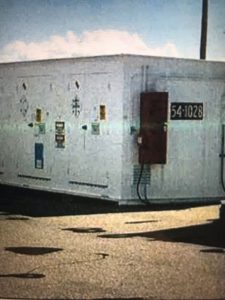
- TONIGHT!!! Thursday, November 12th – NMED Virtual Community Engagement Meeting Notice about LANL from 5:30 to 7 pm. Brief updates about the proposed venting of tritium-containing mixed waste and the contamination found in the Middle DP Road.
- Wednesday, November 18th at 1:30 pm – DNFSB Acting Chairman Thomas A. Summers will be presenting virtually for 45 minutes to the No. NM Citizens’ Advisory Board.
 Please see the attached agenda for more information and WebEx connection. The meeting is scheduled for 1 pm to 4:30 pm.
Please see the attached agenda for more information and WebEx connection. The meeting is scheduled for 1 pm to 4:30 pm.
Other important presentations include updates from Env’l Mgmt Los Alamos (Kirk Lachman/Lee Bishop); N3B (Joe Legare); NMED Hazardous Waste Bureau (Ricardo Maestas); and Rendija Canyon (Pete Maggiore). November Board Meeting Agenda_Final
- December 1st – Giving Tuesday – Please include CCNS
 in your giving to support the weekly CCNS News Update and the social media network through which we distribute the Update and this Did You Know? Thank you!
in your giving to support the weekly CCNS News Update and the social media network through which we distribute the Update and this Did You Know? Thank you!
Tags: Clean Water Act, Defense Nuclear Facilities Safety Board, Department of Energy, DOE, DOE Standard 5506 Preparation of Safety Basis Documents for Transuranic (TRU) Waste Facilities, energetic chemical reactions, Environmental Protection Agency, EPA, Idaho National Laboratory, LANL, Los Alamos National Laboratory, methane gas, Mortandad Canyon, Outfall 051, Plutonium Facility, Radioactive Liquid Waste Treatment Facility, RCRA, Resource Conservation and Recovery Act, Tenth Circuit Court of Appeals, transuranic waste, Transuranic Waste Facility, U.S. Supreme Court, Waste Isolation Pilot Plant, WIPP


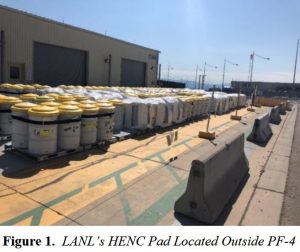
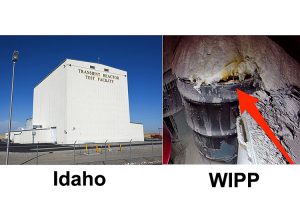

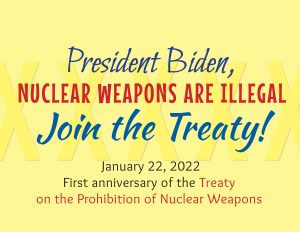
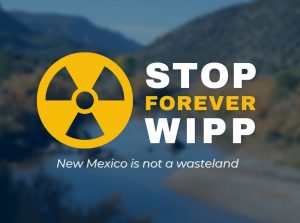






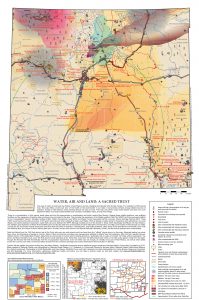
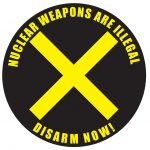
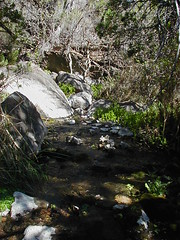

Comments
No comments so far.